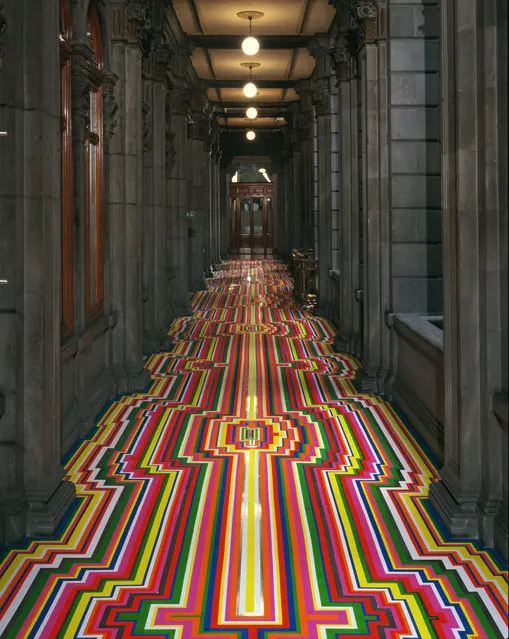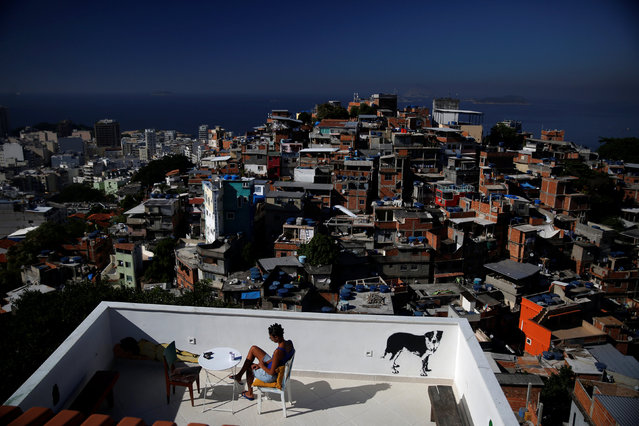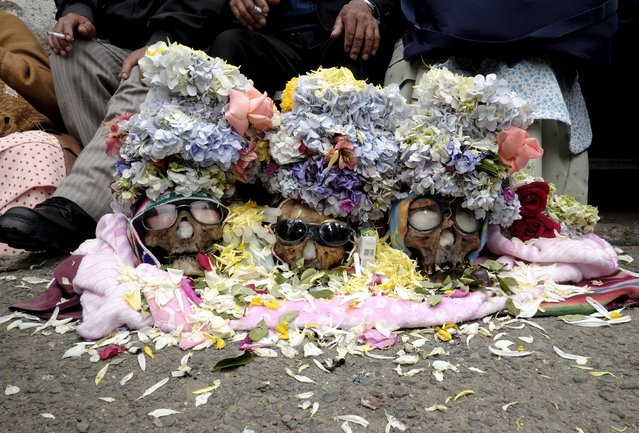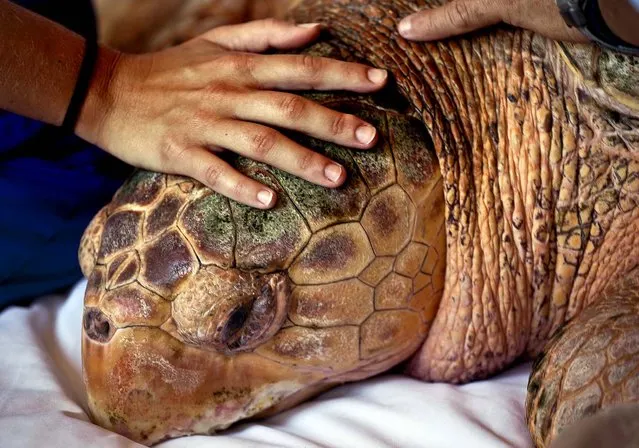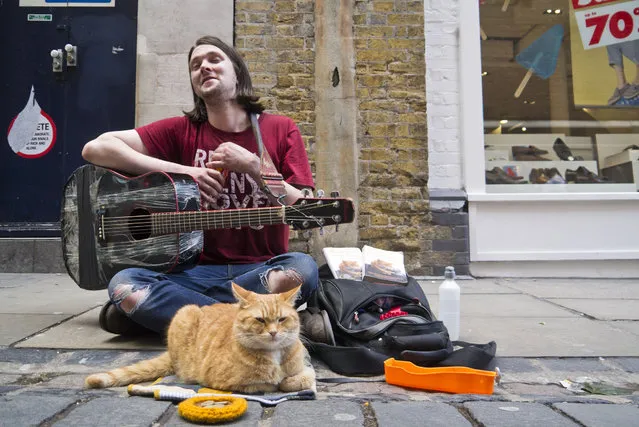
James, a once homeless recovering heroin addict, met Bob the ginger cat during a very dark period, and credits the feline with giving him a purpose in life.
It has been Bob, who over the past five years, has helped give James the strength to stay off drugs, driven him to earn money and get his life back on track.
20 Dec 2012 14:41:00,post received
0 comments

